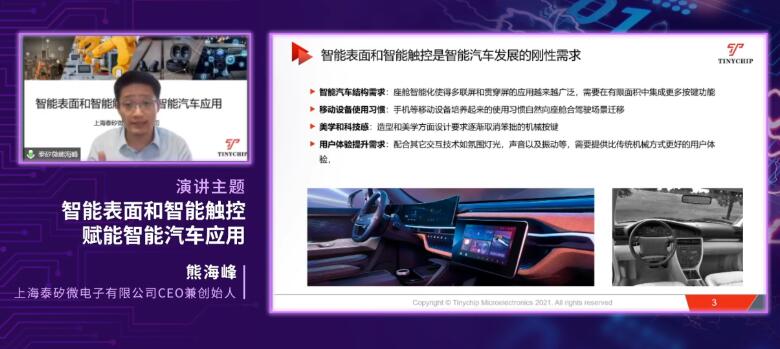Your location:Home >Automotive News >
Time:2022-06-23 17:26:45Source:
Gasgoo Automotive News According to foreign media reports, an international team of lithium-ion batteries with cathodes made of complex transition metal lithium-rich oxides has discovered the reason why such batteries experience energy loss during charge-discharge cycles.The team consists of Skolkovo Institute of Technology (Skoltech) and researchers from France, the United States and Switzerland.The new study shows that the difference in operating voltage during charge and discharge leads to energy inefficiencies, which are kinetically hindered by the long-lived nickel intermediate species.

(Image credit: Skoltech)
With the rapid development of theelectric vehicleindustry, in order to increase the cruising range on a single charge, the requirements for the energy density of lithium-ion batteries are also higher.Next-generation power batteries are based on leading cathode materials such as lithium-rich composite oxides of transition metals.This cathode material currently holds the record for specific capacity by virtue of cations of transition metals (nickel and cobalt) and oxygen ions involved in redox reactions.However, during battery operation, voltage hysteresis (i.e., the difference in charge-discharge voltage) causes energy loss, which affects its practical application.
During charging of a lithium-ion battery, the positively charged lithium ions leave their position on the structure of the cathode material and return to their original position when the battery is discharged, the researchers said.In order for the cathode material to remain electrically neutral, it should either release or absorb the same number of electrons.This study shows that, to a large extent, the kinetic and energy barriers are caused by the transfer of electrons, not just the migration of lithium ions.Electron transfer between metal ions and oxygen atoms is particularly slow, causing energy losses.
To capture these long-lived electronic states, the researchers first ruled out other possible causes of the hysteresis, such as transition metal ion migration leading to changes in the crystal structure of the cathode.Through high-resolution transmission electron microscopy, known as the Titan Themis Z microscope at the Advanced Imaging Core Facility, conclusive evidence that this irreversible process does not occur can be obtained.Titan Themis Z has a spatial resolution of up to 0.06 nm, enabling atomic resolution images of the crystal structure to be obtained.
The microscope itself is a materials science laboratory, capable of analyzing materials with a variety of highly localized methods.In this study, the researchers used not only structural images, but also spectroscopic analyses of the electronic states of nickel and titanium ions, as well as oxygen ions at different battery states of charge.It turned out that it was the oxidized nickel ions that formed the long-lived electronic states.This was later confirmed by other spectroscopic methods.
Yaroslava Shakhova, head of the Advanced Imaging Core Facility, said: "This study shows that modern transmission electron microscopy can play a unique role in studying materials of high utility. Understanding the crystal and electronic structure at the same level is important. Skoltech's ability to conduct research in this area is an important competitive advantage."
Statement: the article only represents the views of the original author and does not represent the position of this website; If there is infringement or violation, you can directly feed back to this website, and we will modify or delete it.
Preferredproduct
Picture and textrecommendation

2022-06-23 17:26:45


2022-06-23 17:13:10


2022-06-23 17:13:11

Hot spotsranking
Wonderfularticles

2022-06-23 17:13:12



2022-06-23 17:13:16

2022-06-23 17:13:17

2022-06-23 17:05:52
Popularrecommendations
